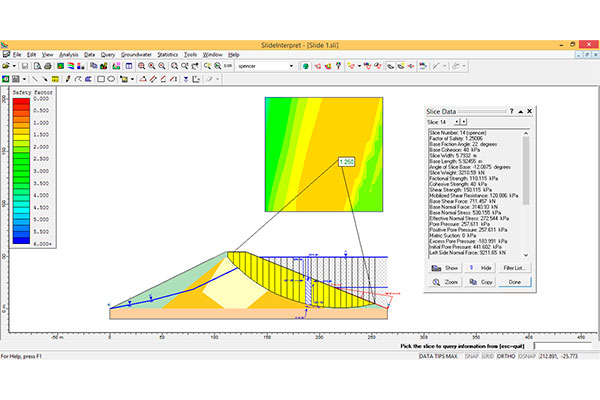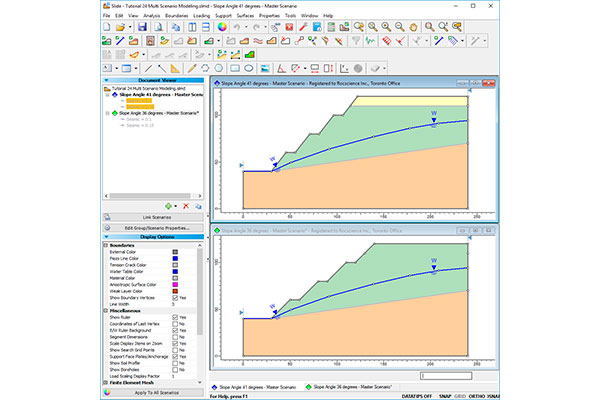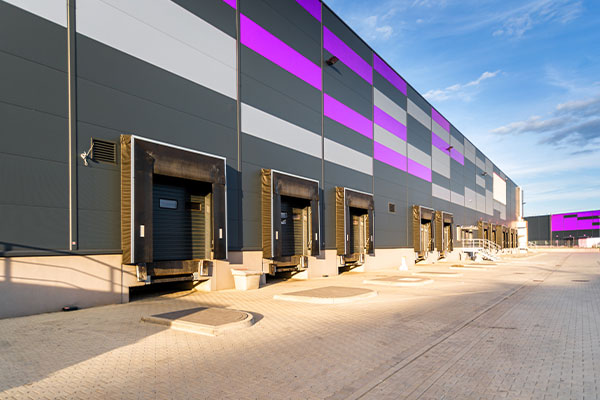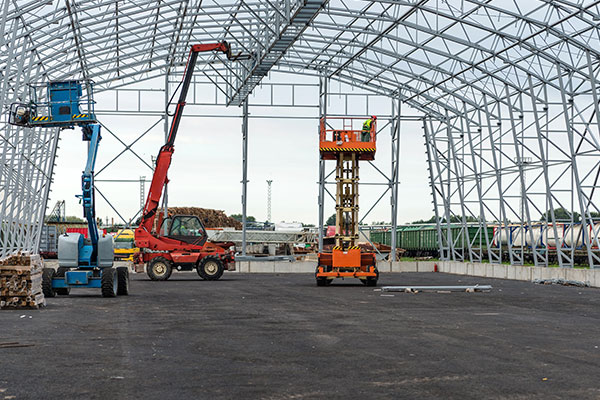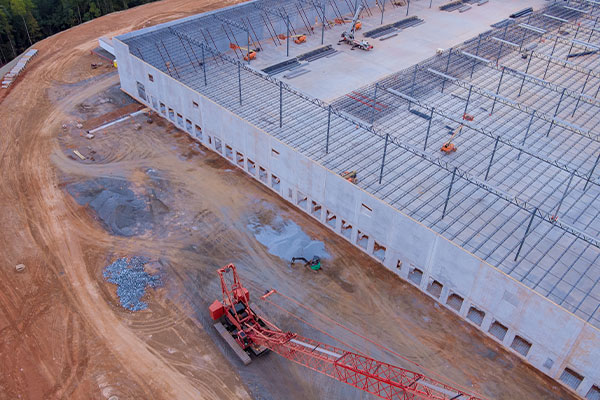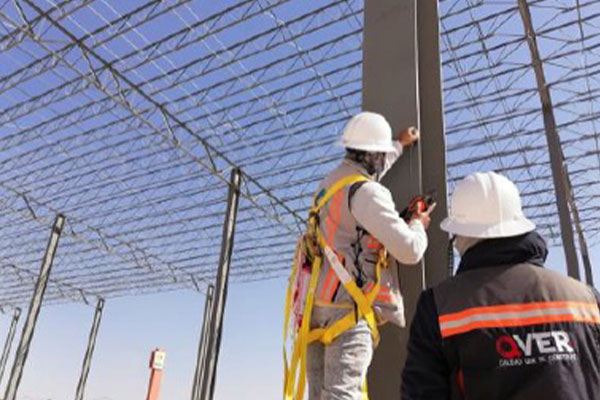Slope stability is a geotechnical analysis used to determine the stability of a natural or artificial slope, obtaining the minimum safety factor. All of this with the aim of preventing accidents that could involve material and human losses.
This is important because it can prevent:
- Landslides due to overload.
- Damage to buildings due to subsurface movements.
- Excessive pressures on retaining walls and damage to pavement bodiesdue to poor support.
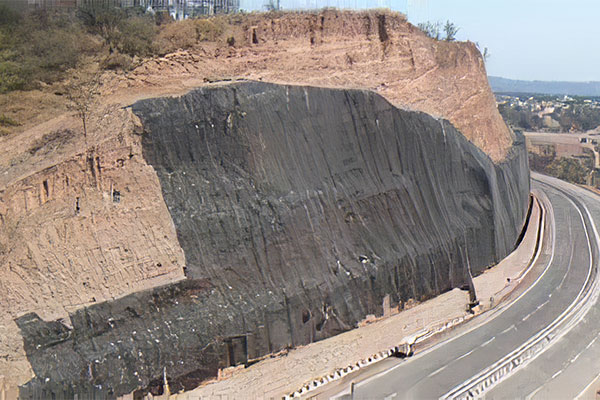
Similarly, applying it in the pre-construction stages is ideal for defining areas of the project that involve cuts or excavations. So that the start of construction can be planned with greater foundation and a clearer vision, avoiding setbacks.
During construction, stability confirms stable conditions in the progress of the construction. Thus, as construction progresses, designers, and builders will feel greater confidence in how the project is progressing. This mainly helps to verify that the safety and quality of the construction are maintained adequately as construction progresses.
Having a slope stability analysis in your project is giving it safety in its construction, stability in the structure of the project, and defining the safe degree of inclination of the slope. Not to mention that this analysis will provide more security at each stage of the construction. In addition to helping all those involved to avoid double work or other unforeseen expenses caused by errors that may arise during construction.
